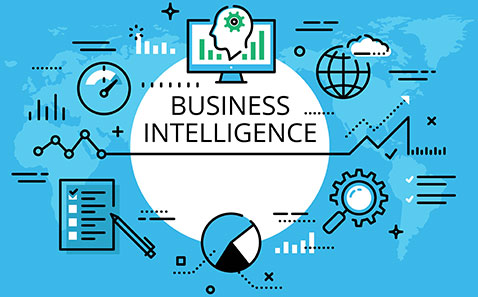Description
Big Data Analytics refers to the complex process of examining large and varied datasets—often big data—to uncover hidden patterns, correlations, and insights that can inform business decisions. This field encompasses a range of technologies, tools, and methodologies designed to process and analyze vast volumes of structured and unstructured data generated from various sources, such as social media, sensors, transactions, and digital interactions.
The growing significance of big data analytics stems from the exponential increase in data generation in today’s digital age. Organizations can harness this data to gain a competitive edge by leveraging advanced analytical techniques, including machine learning, statistical analysis, and data mining. These techniques enable businesses to extract meaningful insights to drive strategic decision-making, enhance operational efficiency, and improve customer experiences.
Big data analytics typically involves several vital stages: data collection, data storage, data processing, and data analysis. Initially, data is gathered from diverse sources and stored in scalable systems, such as distributed file systems or cloud-based storage solutions. Advanced processing frameworks, like Apache Hadoop and Apache Spark, are then utilized to handle massive volumes of data efficiently, enabling real-time or batch processing capabilities.
Once processed, the data undergoes various analytical techniques, ranging from basic descriptive statistics to sophisticated predictive and prescriptive analytics. Based on data-driven insights, organizations can identify trends, forecast future outcomes, and optimize processes. For example, retailers might analyze customer purchasing patterns to personalize marketing strategies, while healthcare providers could leverage patient data to improve treatment outcomes.
Visualization tools are crucial in big data analytics, as they help convey complex findings easily. Dashboards, graphs, and interactive visualizations enable stakeholders to dynamically explore data insights, facilitating better team communication and collaboration.
The implications of big data analytics are profound. They empower organizations to make informed decisions, innovate products and services, and enhance customer satisfaction. By leveraging insights derived from big data, businesses can anticipate market trends, mitigate risks, and drive efficiencies across operations.





Taibat –
“The information about Big Data Analytics really clarified the process. I was able to understand the vital stages and analytical techniques. Now, I have a clearer understanding of how to apply these methods to my business challenges and make informed decisions. It’s provided me with a path to unlock insights from my data.”
Ifeoma –
“This resource provided a clear and concise explanation of big data analytics, breaking down complex concepts into manageable steps that I could implement on my own. It helped me understand the process, from data collection to visualization, and I was able to extract valuable insights that directly improved my decision-making. This was exactly what I needed to get started and I’m so grateful for the practical guidance.”
Amina –
“I was struggling to make sense of a huge dataset on my own, feeling completely overwhelmed. This IT approach really helped me break down the complexities of big data analytics into manageable steps. The description explained the core concepts so clearly, from data collection to visualization, and it gave me a solid foundation to start uncovering valuable insights. Now, I can confidently analyze my data and use it to inform my decisions. I’m incredibly grateful for this resource.”